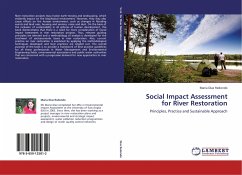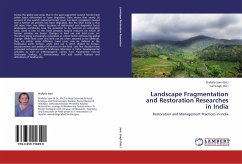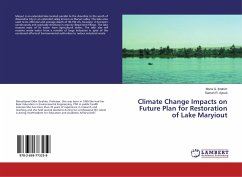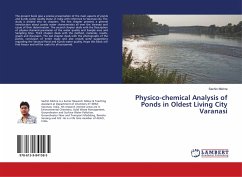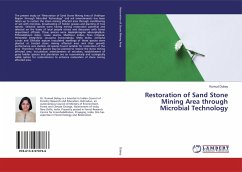River restoration projects may involve earth-moving and landscaping, which evidently impact on the biophysical environment. However, they may also cause effects on the human environment, such as changes in flooding events and land uses, housing and services, noise and dust. On the basis of the inclusion of sustainability in all spheres of human development, this book demonstrates that there is a need for more consideration of Social Impact Assessment in river restoration projects. Thus, relevant guiding principles are selected and a methodology of analysis is developed for the treatment of socioeconomic issues in river restoration. Also, current practice on river restoration is examined by applying the methodological techniques developed and best practices are singled out. The overall purpose of the book is to provide a framework of best practice guidelines for all those professionals in Water Management and Environmental Engineering fields, environmental associations and public water authorities that are concerned with a progressive demand for new approaches to river restoration.
Bitte wählen Sie Ihr Anliegen aus.
Rechnungen
Retourenschein anfordern
Bestellstatus
Storno

